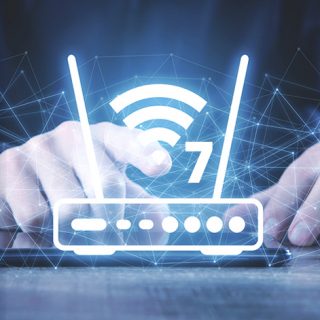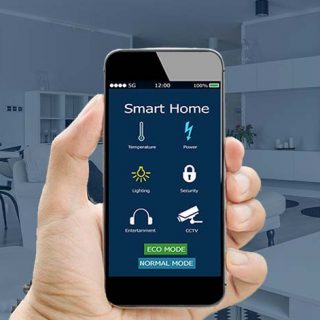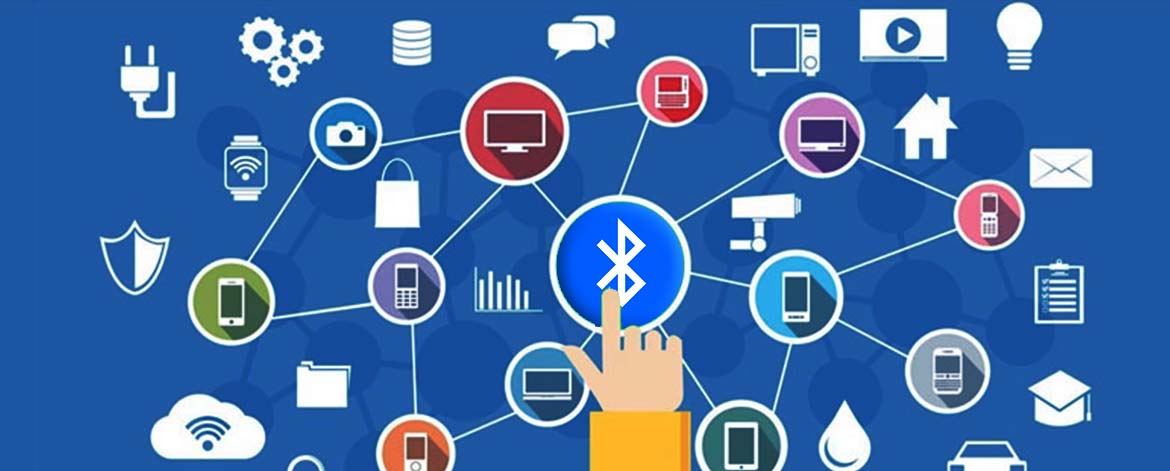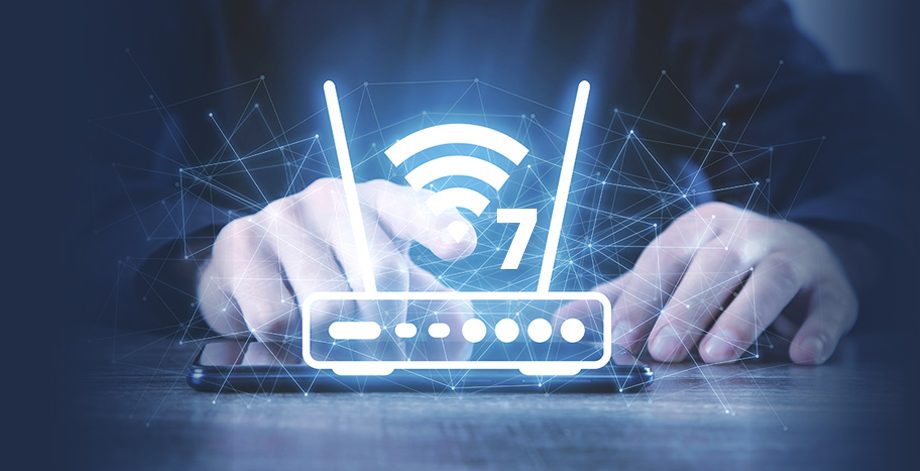The market of Bluetooth low energy was estimated at $4,774.6 million in the year 2019 and anticipated to grow at a CAGR of 19.7% during 2020-2024. This indicates that the popularity of BLE is growing rapidly among the other wireless communication protocols in the IoT domain. BLE was capable of one-to-one and one-to-many topology applications with limited range coverage till July 2017. With the addition of mesh topology in July 2017, the BLE applications are further extended to many-to-many topology for industries where wide range of power-efficient sensor networks are required.
How does BLE Mesh Networking work?
The process of adding a new device to mesh network is called provisioning, and the device which helps a new device to get connected to the mesh network is called provisioner. Each device connected to the mesh network is called a node. The nodes use messages to communicate with each other. Managed Flooding and Asymmetrical Structure techniques are used to control mesh traffic and make it power efficient.
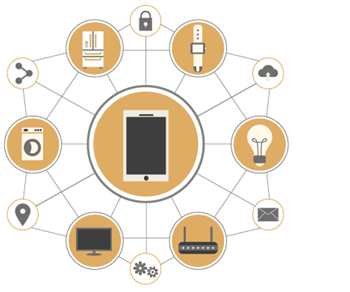
- Managed Flooding
The BLE mesh uses the managed flooding relaying method to send a message from the source to the destination node. This in turn optimizes the operation to ensure that flooding does not generate heavy traffic on the network.
Heartbeat: Each node sends Heartbeat messages periodically to inform other nodes that it is active. And it also helps recipient nodes to calculate the number of hopes required to send messages to the heartbeat source node.
TTL: Each message contains a Time-to-Live (TTL) value that restricts the number of times the message can be relayed in the network. Each time the message is received and relayed, the TTL value is decremented by 1. A heartbeat message helps the source node to set the correct TTL value.
Message Cache: Each node maintains a message cache for recently received messages. Whenever a node receives a message, it checks the locally cached list of relayed messages and ignores if already present.
- Asymmetrical Structure
Mesh networks are formed of heterogeneous nodes which may support none or few of the 4 features considering their configurations such as power supply and processing ability.
Relay: Allow nodes to relay messages for others, as intermedia nodes, which helps mesh networks to achieve large coverage and reliability.
Proxy: Allow nodes to be intermediator to enable communication between mesh networks and BLE enabled devices that do not have mesh capabilities.
Low Power: Allow power-sensitive nodes to skip being active all the time and wake themselves as programmed and receive messages at an active time.
Friend: Allows friendship relation with Low Power node. A message for a Low Power node is sent to a related Friend node, which stores messages for Low Power node while it’s asleep. When the Low Power node becomes active it receives messages from related Friend node.
How does BLE Mesh Networking work in Smart Home?
Let’s take a hypothetical Smart Home with Corridor and 3 rooms, which will help us to understand how BLE mesh can send messages to any node without being in the BLE range of that device. Each room has at least 1 bulb. The Living Room and Bedroom have a thermostat as well for controlling temperatures.
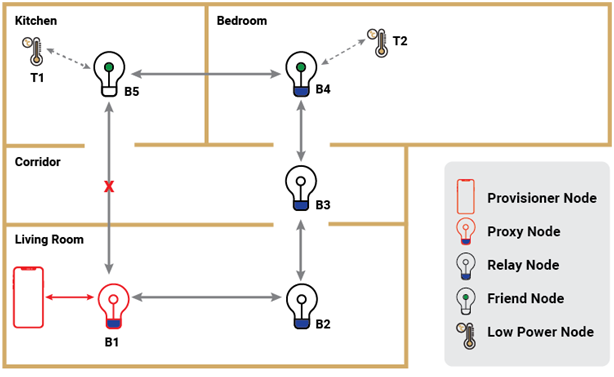
The smartphone app plays the role of provisioner, add bulbs, and thermostats in the single mesh network to enable communication among them by exchanging messages.
To communicate with the thermostat T2, the most direct way is to pass the message through blub B1-B5 and arrive at thermostat T2. However, this shortest path may be obstructed by walls or other metal appliances at home. In such cases, Relay nodes B2-B3-B4-B5 can help the smartphone app to reach thermostat T2.
The smartphone apps are used to communicate with thermostat T2, which does not support BLE Mesh but supports BLE. Hence, the smartphone app has to find a Proxy node that can be a mediator to communicate with mesh devices. Bulb B1 is that Proxy node here, it receives messages from the smartphone app and publishes messages to the entire mesh network.
Bulb B3 in the corridor is simply a Relay node, which transmits messages in the network. The Bulb B4 and B5 serve as Friend nodes to thermostats T1 and T2 which are abstracted as Low Power nodes.
It is a simple example to demonstrate BLE mesh in action for Smart Home. But, BLE mesh enabled Smart Homes to provide advanced Home Automation features like Groups, Scenes, Schedules Management, and many more.
Why BLE Mesh-enabled solutions are preferable?
There are certain advantages BLE Mesh networking provides, which makes it preferable:
- Global Interoperability: The products developed by one vendor works with products manufactured by another vendor seamlessly without additional efforts
- Great Backward Compatibility: With the help of the Proxy concept BLE mesh is backward compatible with all BLE enabled devices that do not support mesh protocol
- Cost-Effectiveness: Most of the smartphones support BLE 4.0/5.0. Hence, BLE Mesh enabled solutions can easily leverage mobile phones without needing customers to purchase additional hardware device
- End-to-End Security: In BLE mesh, security is mandatory and can’t be switched off. It provides complete process security design starting from the provisioning process to processing messages
- Power Efficiency: BLE Mesh uses Bluetooth low energy with the friendship concept to keep the power consumption optimized compared to other mesh technologies
Read our case studies to know more about success stories on developing BLE enabled IoT application solutions for diverse industries i.e., Home Automation, Industrial Automation, Asset Tracking, Retail & Hospitality, Healthcare, and many more.
Note: The content of this blog is based on the personal knowledge of any research work done by any individuals. There is a market research report on Bluetooth low energy that is used from the website Industry Arc. Figures are kept with the best of our knowledge and not to mislead in any manner.
About the Authors:

Prakruti Patel
Prakruti is associated with VOLANSYS as a Technical Lead for Mobility. She has expertise in architecting, designing, and developing mobile apps for the IoT domain with native and cross platforms. She is a technology enthusiast, who truly believes in quality and perfection.

Shruti Garg
Shruti is associated with VOLANSYS Technologies as a Marketing Executive with proven experience in content creation, brand promotions, digital marketing, lead generation, and collateral development. She has more than 3 years of experience in Sales and Marketing.
